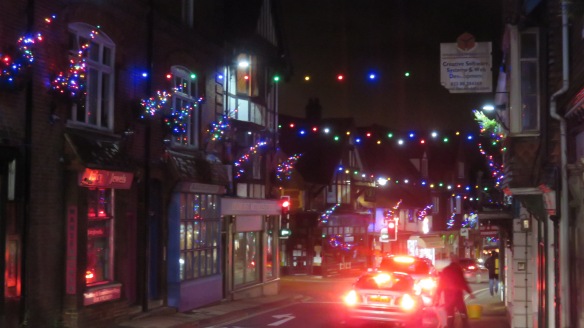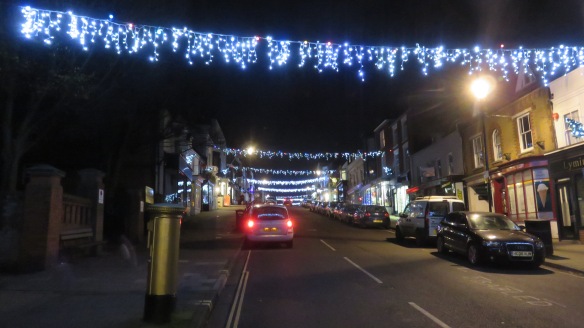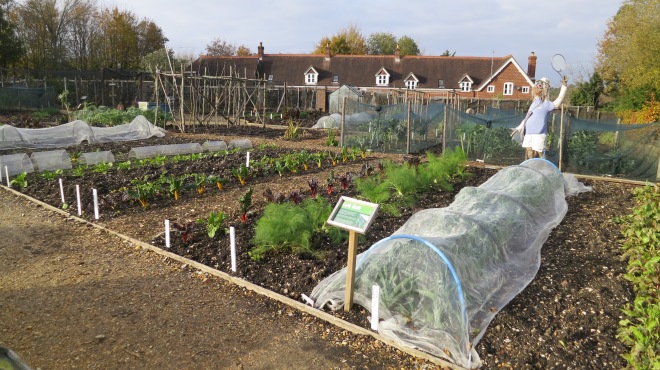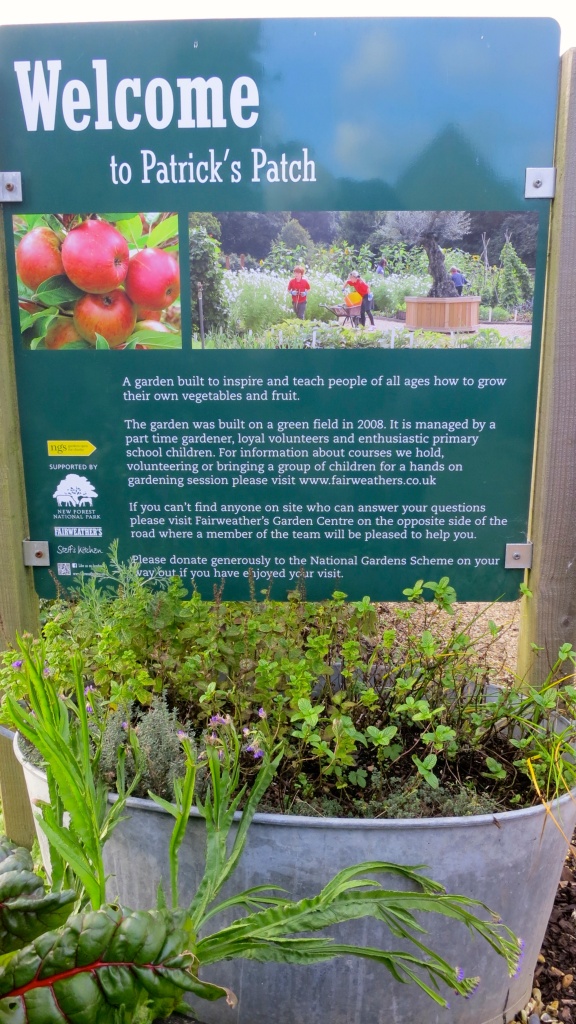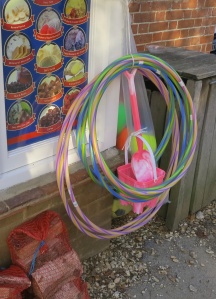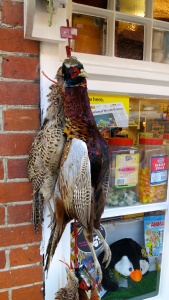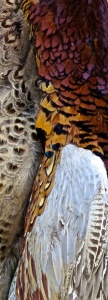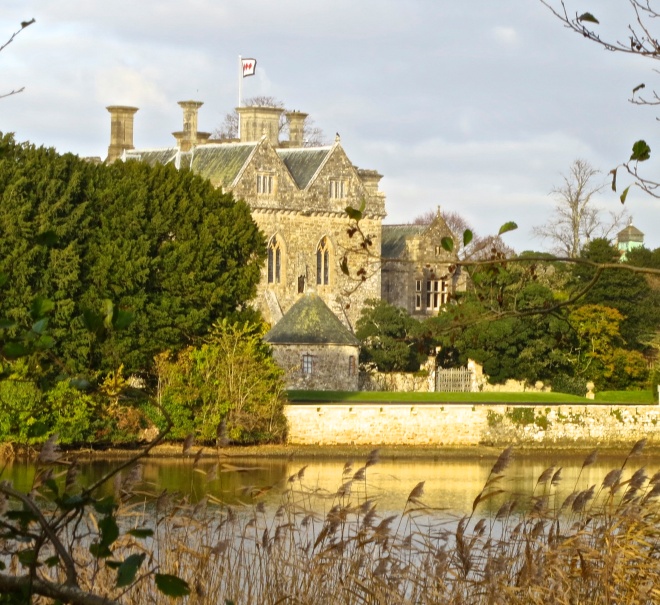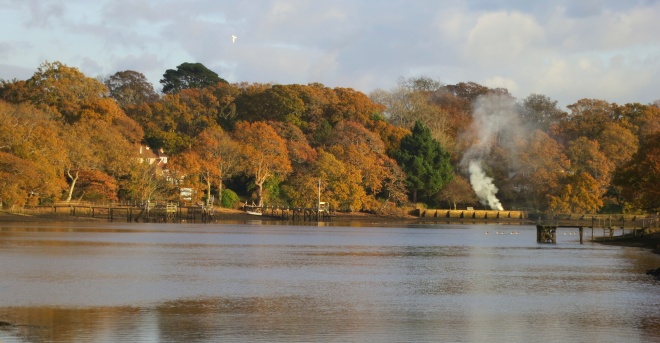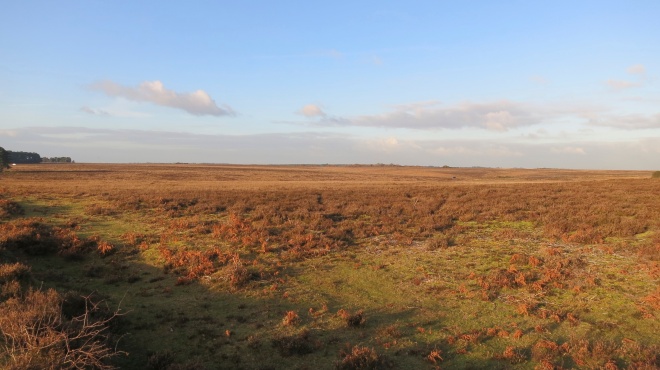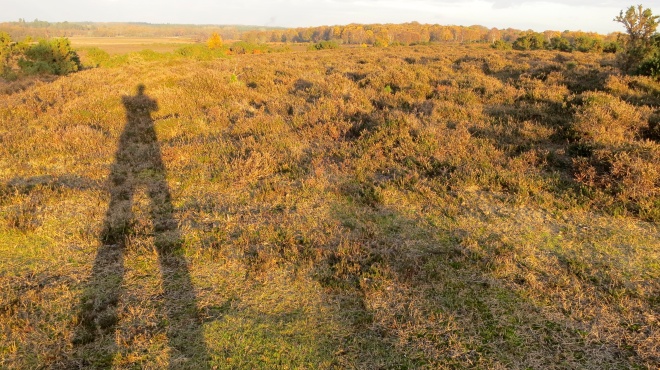Beaulieu is a charming village nestled in the heart of the New Forest, allowing visitors to step back in time to explore the streets filled with character, where free-roaming ponies and donkeys wander. Beaulieu is a must-visit destination for those seeking a peaceful escape. Visitors can explore the scenic landscapes across Millpond, at Beaulieu River and in the surrounding forest, discover the village’s heritage, and enjoy attractions and outdoor activities, all while soaking in the timeless charm of this quintessential New Forest gem. Whether it’s enjoying a riverside picnic, exploring the charming High Street or visiting the incredible motor museum, the village of Beaulieu provides a great day out.
The history of Beaulieu
Situated at the head of the tidal Beaulieu River, the village dates back to the 13th century.
The village of Beaulieu initially grew up around the abbey which was founded in 1204 by Cistercian monks on land given to them by King John, who had a royal hunting lodge at Beaulieu. It was given the name of ‘Bellus Locus Regis’, or the beautiful place of the King. King John had quarrelled with the Cistercian Order early in his reign and decided to establish an Abbey to atone for his past oppressions. This generosity made him the subject of prayers in every Cistercian monastery.
For centuries, Beaulieu flourished as the monks traded goods and tended medicinal gardens (which can still be seen to this day at the Abbey).
The turning point of the Abbey came following Henry VIII’s dissolution of the monasteries in the 1530s. The Abbey and surrounding estate were sold to the 1st Earl of Southampton, Thomas Wriothesley, in 1538 for the sum of £1,340. As religious buildings were being destroyed or defaced across the country, Beaulieu was also to be victim to this and the Abbey church, cloister and chapter house were destroyed. The refectory, domus and two of the gatehouses remained under the proviso that they were not to be used for religious purposes. The refectory is now known as Beaulieu Parish Church.
The Earl of Southampton was one of the present Lord Montagu’s ancestors and the estate has remained with the family ever since. Wriothesley converted the former Great Gatehouse into a modest manor house. The estate developed over subsequent generations and included the development of Buckler’s Hard in the 1720s. (https://www.thenewforest.co.uk/explore/towns-and-villages/beaulieu/?bounds=false&view=grid&sort=qualityScore)
Jackie and I visited the village lights after dark this afternoon.
This is my gallery;
and this, Jackie’s. As usual, each image bears a title in its gallery which may be accessed by a click on any one.
This evening we dined on hot and spicy, salt and pepper, and tempura prawn preparations on Jackie’s savoury rice, with which I drank more of the Cabernet Sauvignon.





























